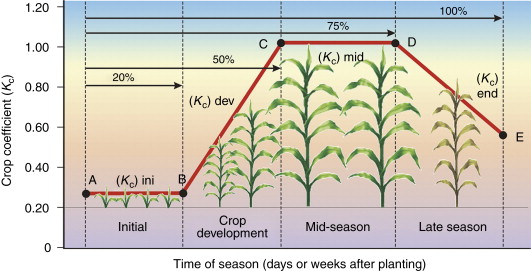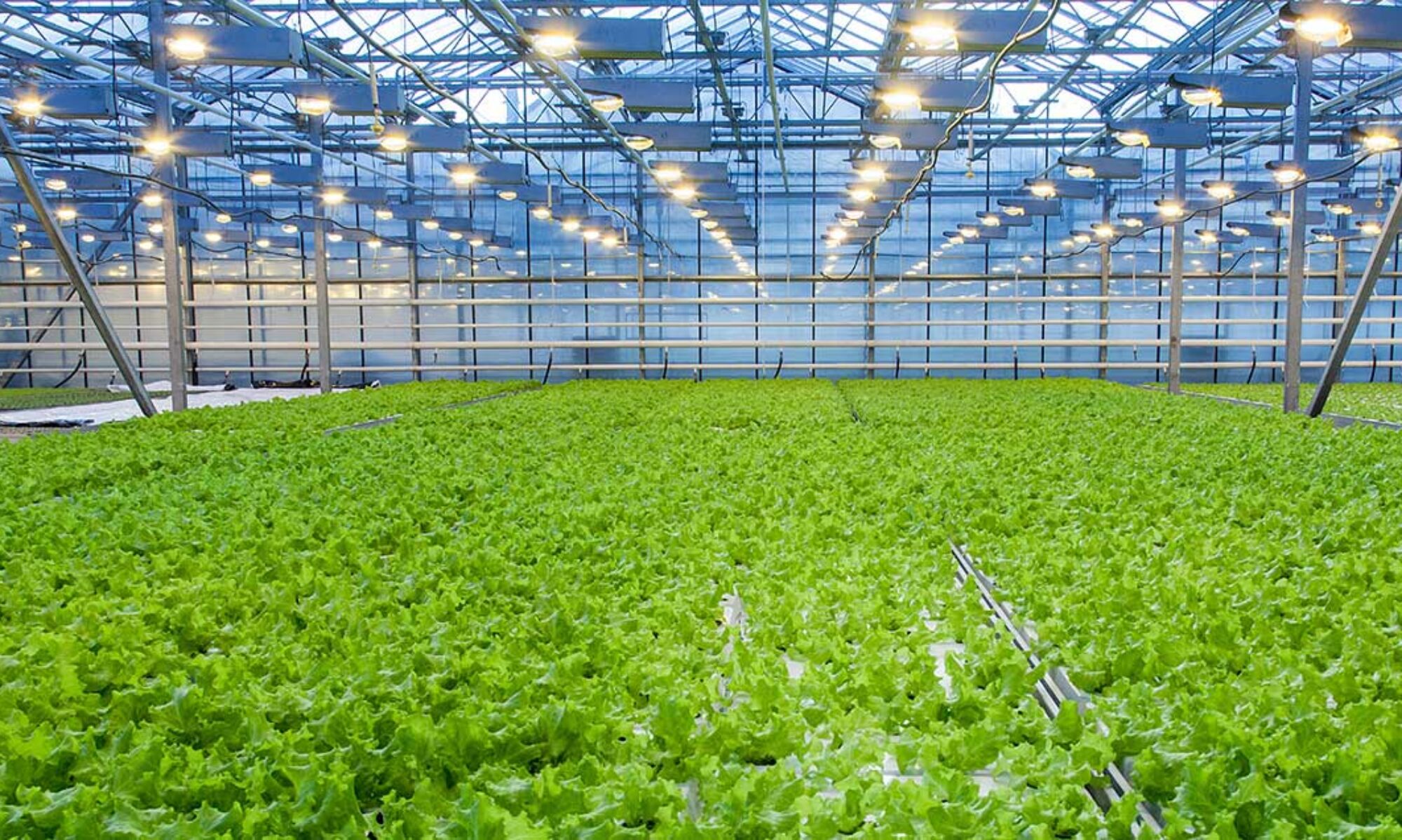Water management is crucial in the sustainable development of the food systems agenda. In Sub-Saharan Africa, evidence points to a future with decreasing precipitation (IPCC, 2019). Therefore, detailed characterization and understanding of the hydrological components of the water systems are of paramount importance to planning, designing, implementing, and fostering the adoption of water-conserving practices. As part of my thesis, I focused on conducting a regional assessment of crop water requirement and availability of effective precipitation (PrpE) between 2020-2035. The analysis showed about a 30% projected reduction in the availability of PrpE which means increased drought stress for Maize, cassava, soybeans, and groundnut production. The results revealed that crops are likely to suffer from water stress conditions during the mid-growth stages which can negatively affect yields. However, water-conserving farming practices such as mulching and cover cropping can help in alleviating the adverse impacts of water stress in smallholder farmer communities. Conclusively, a food systems approach that integrates water use efficiency in crop production is key in the sustainable development program.

Source: Irmak (2008)
Figure 1: Schematic representation of Maize Crop Water Requirements based on growth stages
*High Kc values are indicative of higher crop water requirement
IPCC (2019) ‘Summary for Policymakers. In: Climate Change and Land: an IPCC special report on climate change, desertification, land degradation, sustainable land management, food security, and greenhouse gas fluxes in terrestrial ecosystems ‘, Intergovernment Panel of Climate Change. [Editors: P.R. Shukla, J. Skea, E. Calvo Buendia, V. Masson-Delmotte, H.- O. Pörtner, D. C. Roberts, P. Zhai, R. Slade, S. Connors, R. van Diemen, M. Ferrat, E. Haughey, S. Luz, S. Neogi, M. Pathak, J. Petzold, J. Portugal Pereira, P. Vyas, E. Huntley, K. Kissick, M. Belkacemi, J. Malley].
Irmak, S. (2008) ‘Evapotranspiration’, in Jørgensen, S.E. and Fath, B.D. (eds.) Encyclopedia of Ecology. Oxford: Academic Press, pp. 1432-1438.

